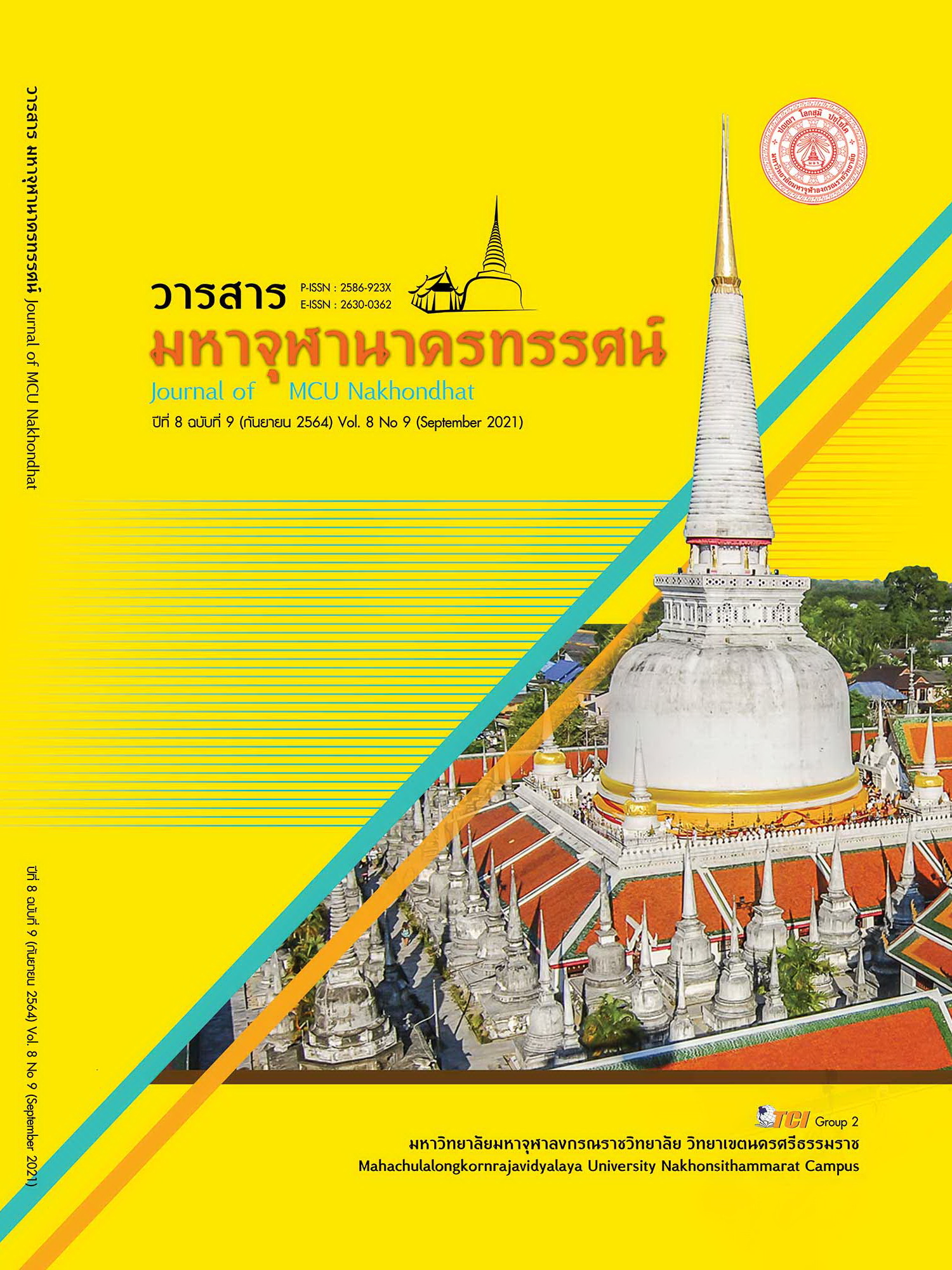A DEVELOPMENT OF PRACTICE GUIDELINE FOR PAIN REDUCTION IN WOMEN WITH CAESAREAN SECTION, KOH SA MUI HOSPITAL
Main Article Content
Abstract
The objectives of this research article were 1) develop practice guidelines for pain reduction, 2) study the effectiveness of pain reduction practices in women with caesarean section, by quasi - experimental research. The samples were Thai woman who had been considered by a doctor to have a caesarean section by general anesthesia, amount 70 people, which were divided into 2 groups; experimental group (using the developed pain reduction guideline group) and comparison group (using the traditional practice), 35 people per group. Research tools in conducting research were guidelines for pain reduction in women with cesarean section and pain management guide. Data collection tool was postoperative pain management questionnaire and outcomes. Data was analyzed by descriptive statistic, Chi-square test, independent t-test and paired sample t-test. The research results found that: The developed practice guidelines for pain reduction was educate, pain relief practice, turn on the side recommended / position’s change and other ways to reduce pain or use drugs as prescribed by a doctor if the above method did not work, teach pain assessment, pain assessment and practice in reducing pain as advised, If this did not work to give by drugs, visit and take care. The results of using the developed practice guidelines for pain reduction were found that it decreased pain for women with cesarean section when awake, before leaving the recovery room and 24 hours after surgery. As for using the traditional system, it made women with caesarean sections less pain when awake, and 24 hours after surgery, but before leaving the recovery room there was not reduction in pain. When compared the using practice guidelines for pain reduction that were developed with traditional practice guidelines found that the pain to be reduced no different, but using the developed pain reduction guideline were more satisfied with overall and each side than using the traditional practice. Therefore, should be used this practice guidelines at the hospital next.
Article Details
References
พจนี วงศ์ศิริ และศุภดีวัน พิทักษ์แทน. (2562). ผลการใช้โปรแกรมการจัดการความปวดต่อการลดความปวด ความวิตกกังวลและความพึงพอใจในผู้ป่วยผ่าตัดคลอดบุตรที่ได้รับการระงับความรู้สึกชนิดดมยาสลบ ห้องพักฟื้น โรงพยาบาลสุราษฎร์ธานี. วารสารวิชาการแพทย์เขต 11, 33(3), 441-460.
ฟองคำ ดิลกสกุลชัย. (2559). การปฏิบัติการพยาบาลตามหลักฐานเชิงประจักษ์ : หลักการและวิธีปฏิบัติ. กรุงเทพมหานคร: พรี -วัน.
โรงพยาบาลเกาะสมุย. (2563). สถิติผู้มารับการผ่าตัดโรงพยาบาลเกาะสมุย ปี 2558 – 2562. สุราษฎร์ธานี: โรงพยาบาลเกาะสมุย.
สมพร ชินโนรส และคณะ. (2555). การจัดการกับความปวด และความพึงพอใจต่อการจัดการกับความปวดในผู้ป่วยที่ได้รับการผ่าตัดมดลูกออกทางหน้าท้อง. วารสารสภาการพยาบาล, 15(3), 327-343.
เสาวนิตย์ กมลวิทย์ และปิ่นอนงค์ รัตนปทุมวงศ์. (2557). การพัฒนาแนวปฏิบัติทางคลินิก ด้านการจัดการความปวดในผู้ป่วยหลังผ่าตัด โรงพยาบาลระนอง. วารสารกองการพยาบาล, 41(2), 23-40.
อิศราภรณ์ กันวี และคณะ. (2555). สถานการณ์การจัดการความปวดในห้องพักฟื้นสําหรับผู้ป่วยที่ได้รับยาระงับความรู้สึก. วารสารบําราศนราดูร, 6(2), 87–97.
Joshi, G.P. (1999). Pain Management after ambulatory surgery. Ambulatory Surgery, 7(1), 3-12.
National Health and Medical Research Council. (2021). A guideline to the development, implementation and evaluation of practice guidelines. Retrieved March 21, 2021, from http://www. health.gov.au/nhmrc/publi cation/pdf/cp.30.pdf
Obrien, D. (1994). Post anesthesia care of the gastrointestinal abdominal and anorectal surgical patient. In C.B. Drain (Eds.), the post anesthesia care unit: A critical care approach to post anesthesia nursing (3rd ed.). Philadelphia: W.B.Saunders.
Pillitteri, A. (2010). Maternal & Child health nursing. (5th ed.). Philadelphia: Lippincott.
Registered Nurse Association of Ontario [RNAO]. (2002). Nursing best practice guideline: Assessment and management of pain. [Internet]. Retrieved December 20, 2020, from http://www.rnao.org


